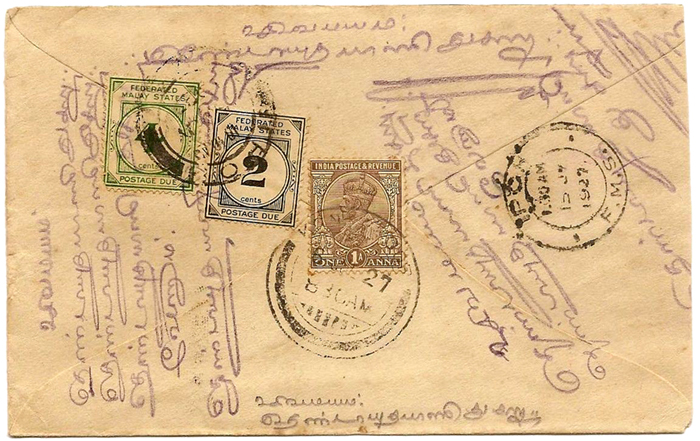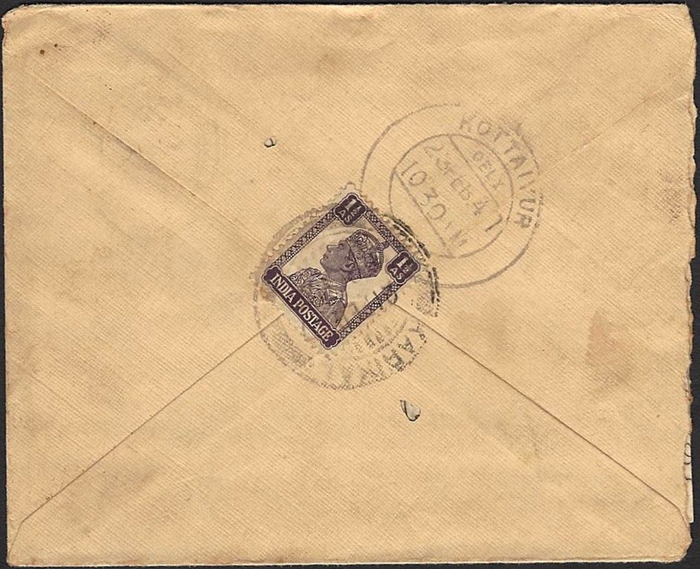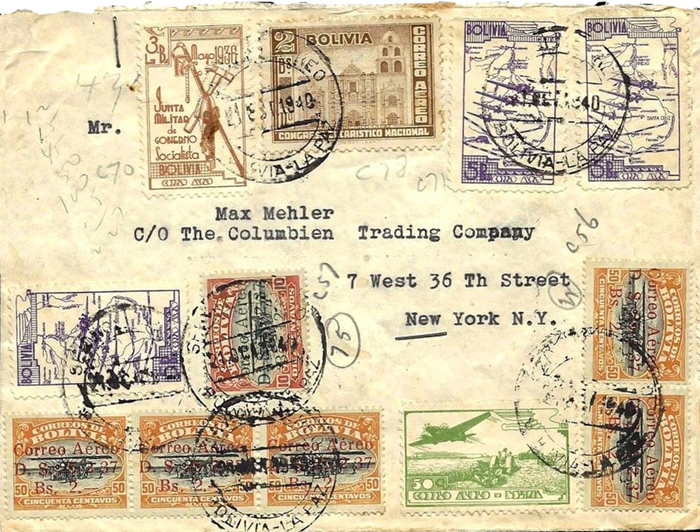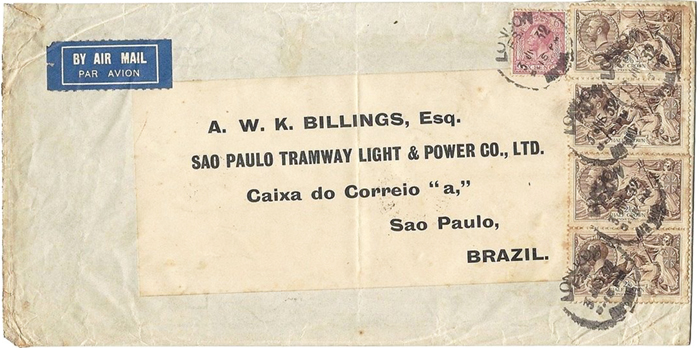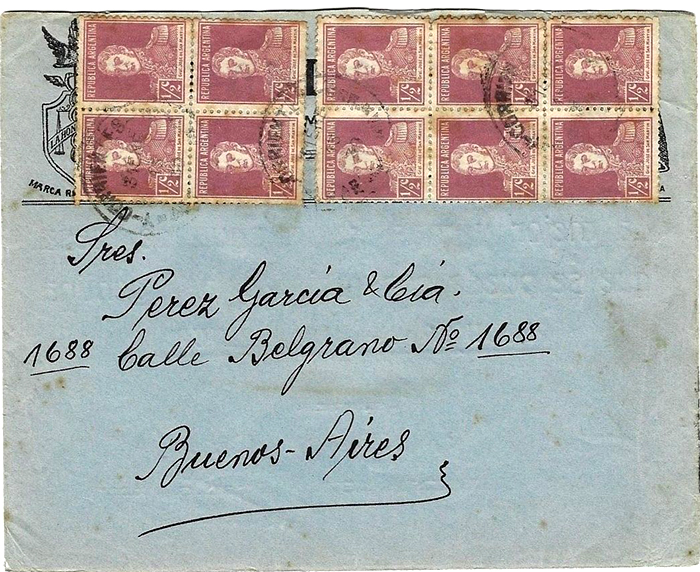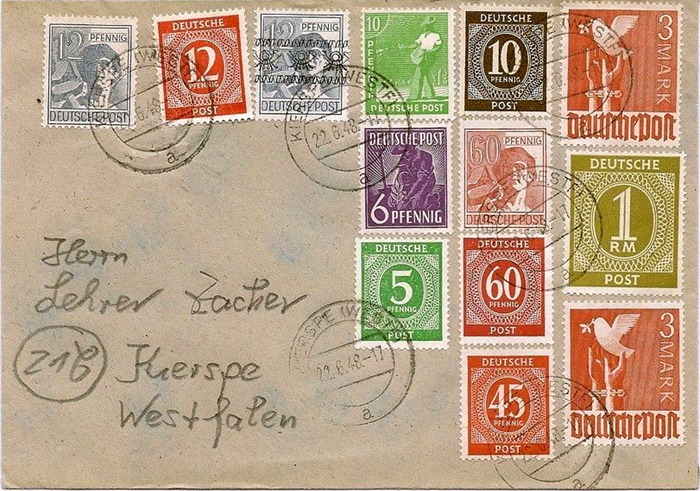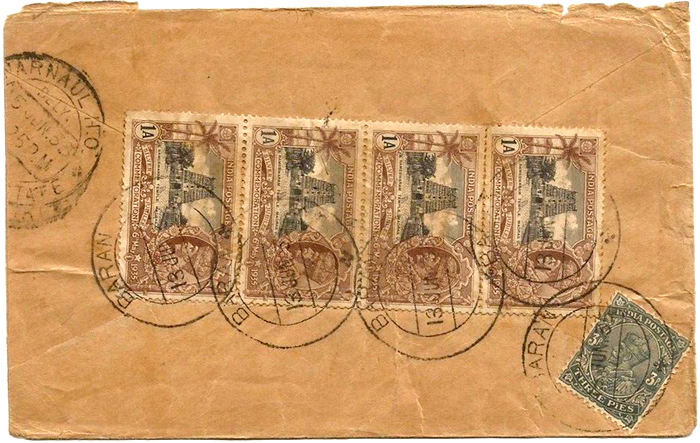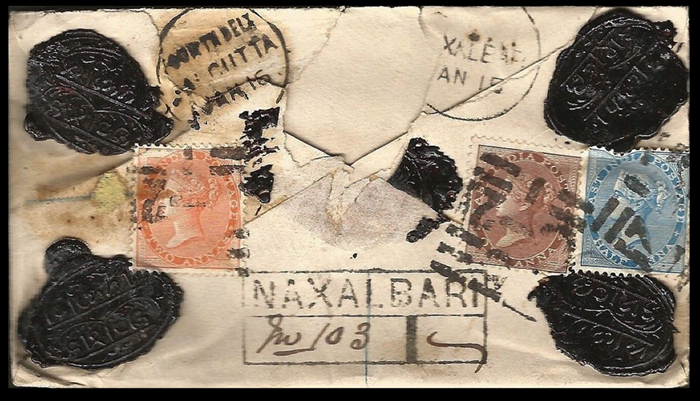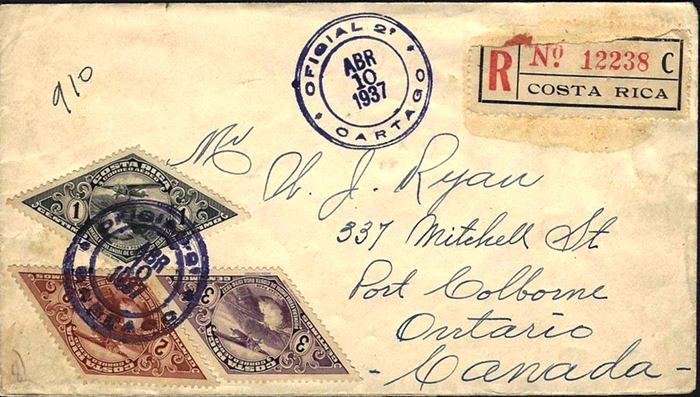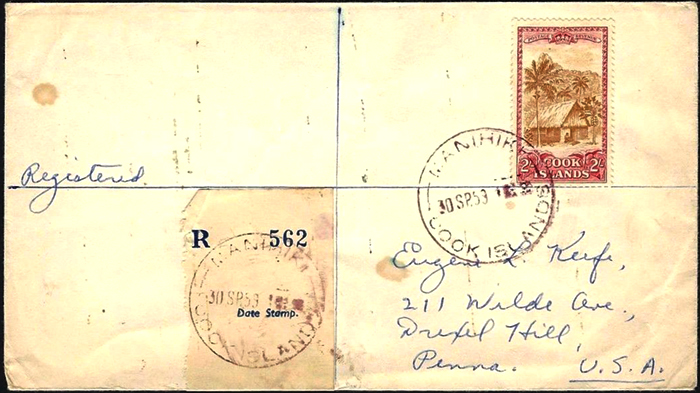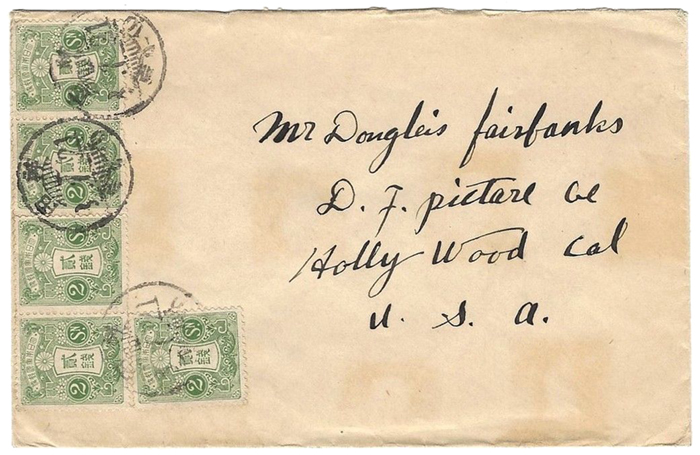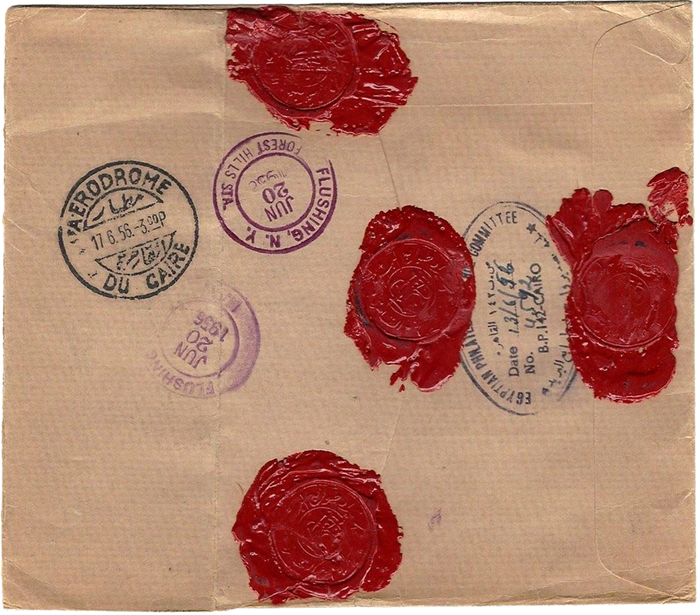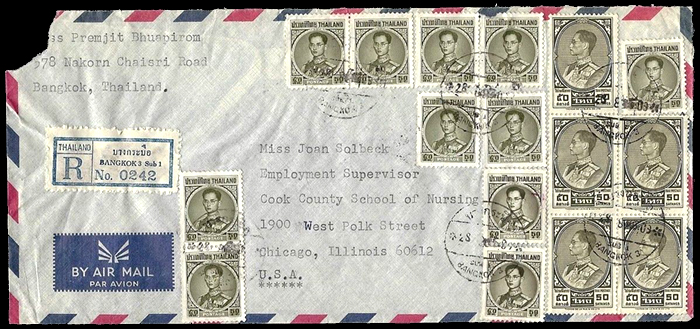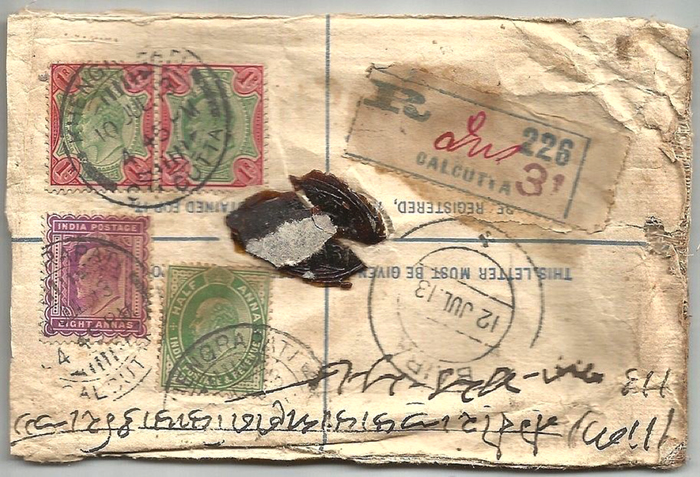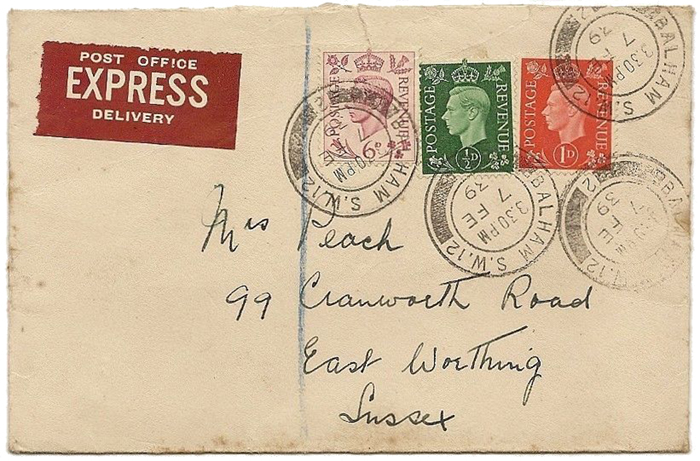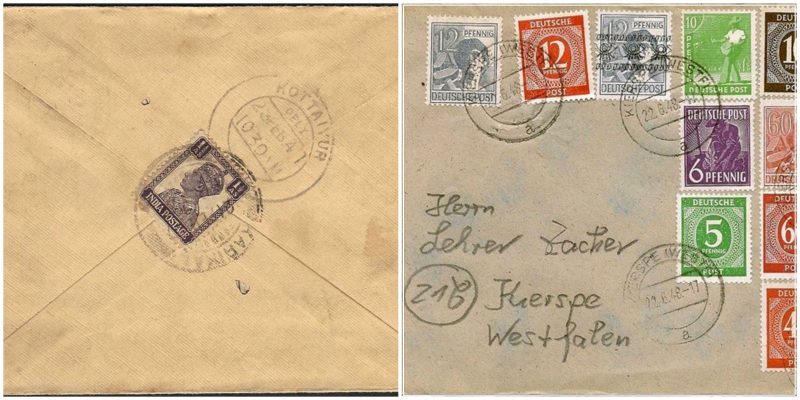There were times when communicating a message to someone wasn’t as easy as clicking the send button on your PC screen or mobile phone. Those were also times when good penmanship was respected. The art of sending handwritten letters to people is slowly dying out as everything around us becomes more and more digital. For many centuries, letters were the only way to communicate over long distances, they were at the center of countless life stories.
The handwriting of the sender has often reflected the mood of the person and maybe even his character. In the past, the letters were not only pieces of paper with a simple message, they represented something more. A letter, thoughtfully written, addressed, sealed and mailed is hundred times more intimate than any other way of written communication. From modern perspective (for many people), to take a piece of paper and write your thoughts on it and then send it away sounds like a really nostalgic thing to do. The level at which modern communication escapes from the skill of manually writing a message is obvious even in the education system. Students are increasingly encouraged to use the keyboard more than their own handwriting.
Historically, letters have existed from the time of ancient India, ancient Egypt, and Sumer, through Rome, Greece, and China, up to the present day. During the seventeenth and eighteenth century, letters were used to self-educate. Letters were a way to practice critical reading, self-expressive writing, polemical writing and also exchange ideas with like-minded others. For some people, letters were seen as a written performance. For others, it was not only seen as a performance but also as a way of communication and a method of gaining feedback. Letters make up several of the books of the Bible. Archives of correspondence, whether for personal or business reasons, serve as primary sources for historians. At certain times, the writing of letters has risen to be an art form and a genre of literature, for instance in Byzantine epistolography.
As communication technology has diversified, posted letters have become less important as a routine form of communication. The internet, by means of email, plays a large part in written communications; however, these email communications are not generally referred to as letters but rather as e-mail (or email) messages, messages or simply emails or emails, with only the term “letter” generally being reserved for communications on paper.
An important part of the letter, besides the message it holds, is the postage stamp glued on the envelope. Today, they are mostly respected for their artistic and historical qualities (philately), but stamps are actually the driving force of letters. They help them cross borders and travel. Stamps go nowhere without its envelope, and vice versa.
Take a moment and look at this selection of old envelopes. The shells that used to carry an important message, a greeting, or maybe a love confession. You may view the as pieces of art. The beauty of the envelope lies in the accidental damage it took on its journey: a torn side, a water drop, the different seals, the hastily glued stamps, the crumbled paper… Those are the scars on the skin of the letter.
